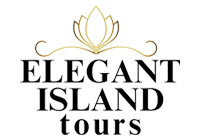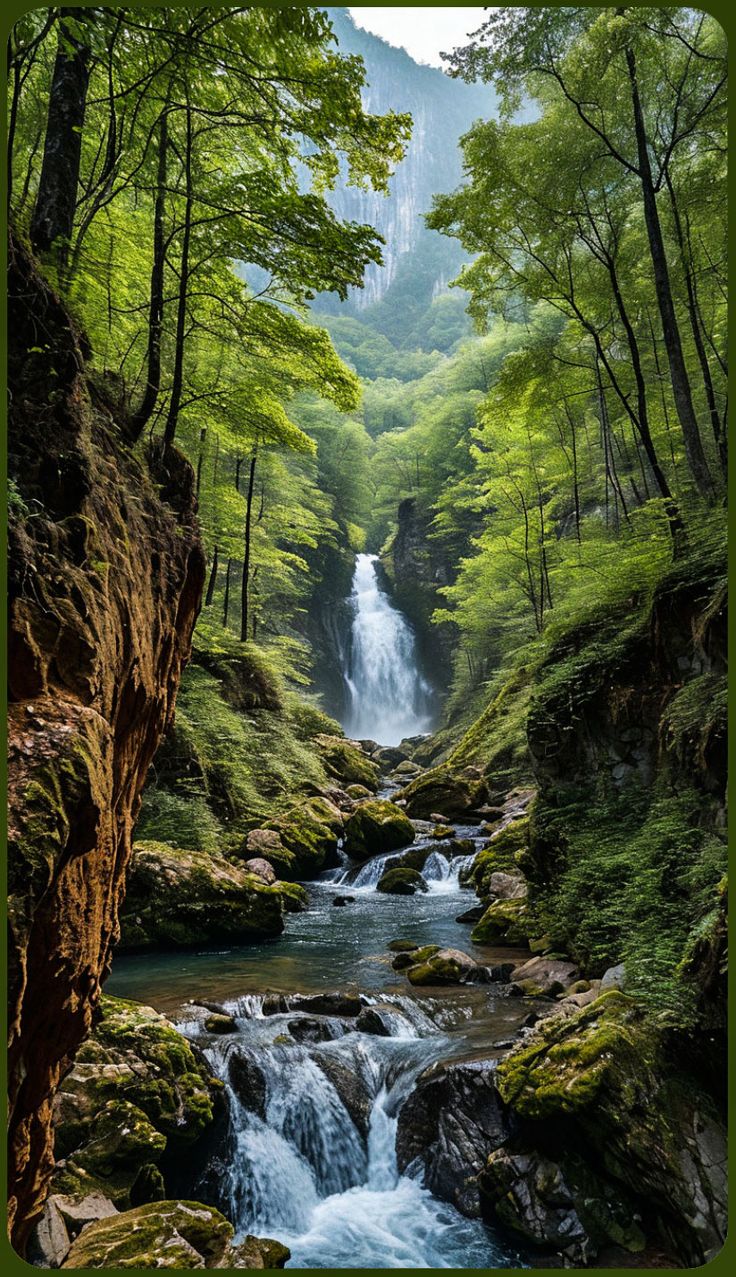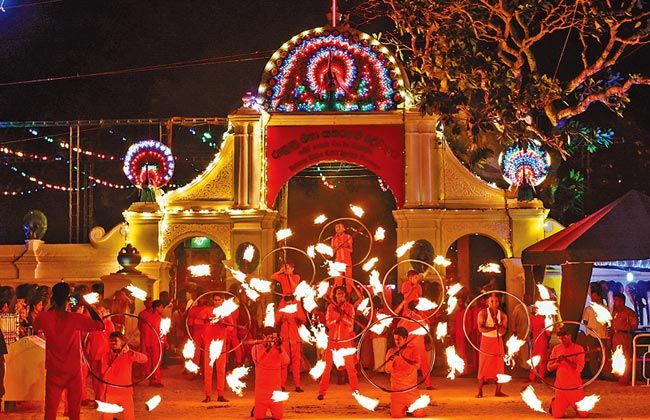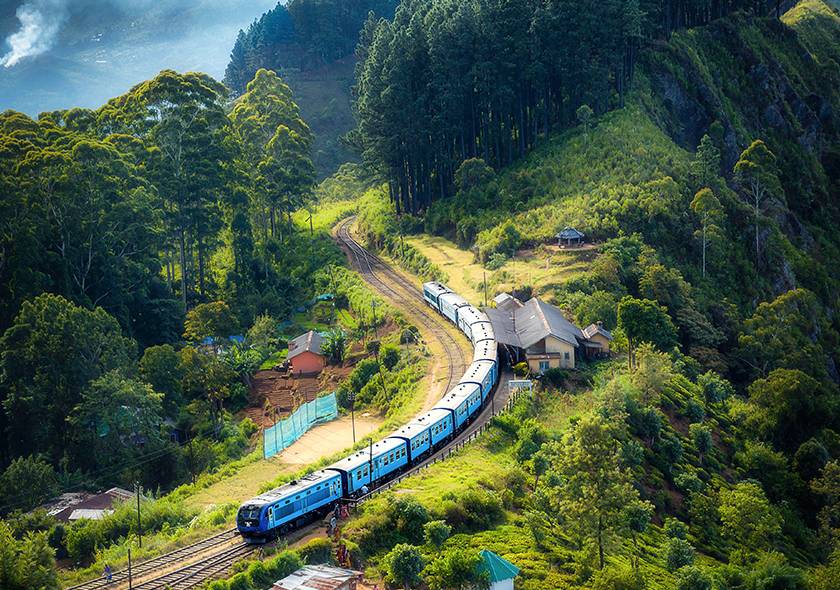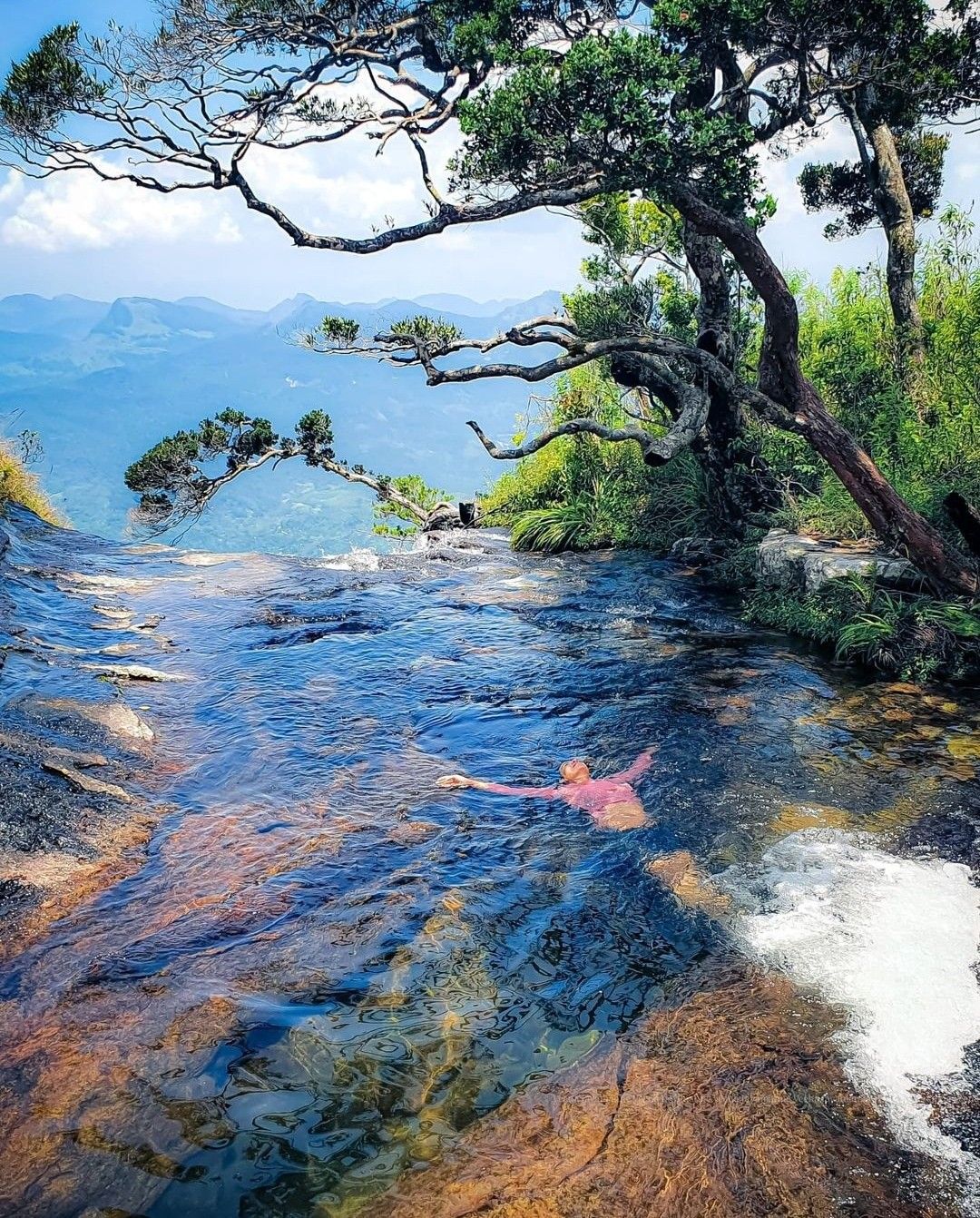Camping Amidst Wildlife
Description
Sinharaja Rainforest is a UN World Heritage Site featuring natural jungle landscapes supporting huge bio-diversity, which includes endemic wildlife species found nowhere else in the world.
Home to 95% of the birds of Sri Lanka, the forest provides ‘twitchers’ with a rich environment in which to observe and study our many and varied species.Designated a World Biosphere Reserve in 1978 and a World Heritage Site in 1988, this hilly virgin rainforest is only 21km from east to west, and 7km from north to south.Dense vegetation makes it less accessible than dry-zone sanctuaries such as Yala, and wildlife is not as easily seen. There are no elephants, and the 15 or so leopards are rarely seen.
Reptiles include the green-pit and hump-nosed vipers, and there is a large variety of amphibians, especially tree frogs. Invertebrates include the common birdwing
No of Nights – 9
Meal Plan – Half Board
Included
- Transfer in an A/C car with an English speaking chauffeur guide.(Including pick up and drop off at the air port)
- Mineral water throughout the tour
- Warm welcome by Pledge Holidays representative at the airport.
- Vehicle fuel and insurance.
Excluded
- International flights and Domestic flights
- Tips and personal expenses
- Peak Period & Special Supplements
Travel Itinerary
Day 1 - Arrival - pick up | Sinharaja forest
You will be met by your driver guide on arrival at the airport and transfer to Sinharaja. (Approx 4.5 hours). Arrival at Singharaja gate office. Clients can walk to the Kudawa camp (10mins walk) or travel in the vehicles 200m closer to the camp. Kudawa is flanked by two rivers suitable for swimming, and is an ideal location for early-morning bird watching or venturing down one of the many nature trails through the forest. The camp is set up before your arrive, and includes a fully equipped kitchen, chairs and tables, hammocks, flushable toilets, showers and even cold beers available for purchase. And on your return from your afternoon activities, you will be welcomed back with a barbecue in a atmospheric forest-clearing setting complete with flame torches and campfire. Back to the campsite for dinner and overnight stay.
Over night : Luxury camping - Sinharaja or similar
Day 2 - Sinharaja
Clients will either have an early sit-down breakfast or take packed breakfast and lunch for an all-day Singharaja Forest exploration. Back to the camp in the evening.
Day 3 - Sinharaja forest | Udawalawe
After breakfast, proceed to Udawalawa National Park. Udawalawe, 200km south-east of Colombo, is best known for the 400 elephants that live there, and whole herds are often seen bathing and playing in the water. The park is also home to water buffalos, water monitor lizards, sambar deer, monkeys, the occasional leopard, and congregations of our many bird species. This protected reserve has much to offer, and 4WD open-top jeeps complete with park guides ensure that you can make the most of the experience. After the jeep safari, return for an around-the-campfire dinner. Visit the Udawalawa Elephant Transit Home en route to the park. There are up to 40 orphaned baby elephants being taken care of at any one time at Udawalawe Transit Home, which provides food, medical care, and everything else a baby elephant needs. They are released into wilderness when they are big and strong enough. Visitors can help feed the babies their daily rations of milk, and enjoy watching them mix and play with their friends. Like youngsters everywhere, they enjoy company and the chance to show off! Arrive at the park entrance around 12 noon (or evening). Board the 4WD jeep at the park entrance to be driven to your campsite.
Day 4 - Udawalawe | Bundala
After an early breakfast, leave for a morning safari in Udawalawa National Park, which will also be a great opportunity for birdwatcher to see the park’s host of species, including red faced malkoha, serpent eagles, hawk eagles, white bellied sea eagles, black eagles, black capped bulbuls, racket tailed drongos, malabar pied horn bills, white necked storks, open bills, ibis, shama, the forest nightingale, kingfishers and peacocks. Leave for Bundala after the morning safari. Enjoy the lunch at the campsite. Evening safari in Bundala National Park. Bundala National Park lies 250km southeast of Colombo in Sri Lanka’s arid zone, which features thorny scrublands and lagoons among the sand dunes along the coast. Over 380 plant species have been recorded here, as well as 32 different species of mammals, five of them classified as threatened. The complex wetland system rewards keen twitchers with a rich variety of bird life—approximately 197 varieties. And as Sri Lanka’s first Ramsar wetland, the park has international standing for its migratory waterfowls. Back to campsite for a torch-lit dinner round the campfire.
Day 5 - Udawalawe | Yala
After an early breakfast, leave for a morning safari in Udawalawa National Park, which will also be a great opportunity for birdwatcher to see the park’s host of species, including red faced malkoha, serpent eagles, hawk eagles, white bellied sea eagles, black eagles, black capped bulbuls, racket tailed drongos, malabar pied horn bills, white necked storks, open bills, ibis, shama, the forest nightingale, kingfishers and peacocks. Leave for Bundala after the morning safari. Enjoy the lunch at the campsite. Evening safari in Bundala National Park. Bundala National Park lies 250km southeast of Colombo in Sri Lanka’s arid zone, which features thorny scrublands and lagoons among the sand dunes along the coast. Over 380 plant species have been recorded here, as well as 32 different species of mammals, five of them classified as threatened. The complex wetland system rewards keen twitchers with a rich variety of bird life—approximately 197 varieties. And as Sri Lanka’s first Ramsar wetland, the park has international standing for its migratory waterfowls. Back to campsite for a torch-lit dinner round the campfire.
Day 6 - Yala | Nuwara Eliya
After breakfast, leave for Nuwara Eliya after a morning safari in Yala National Park. Nuwara Eliya, known locally as ‘Little England’ because of its strong associations with our former British colonial rulers, is arguable Sri Lanka's most popular inland holiday resort. Lying high in our renowned Hill Country, the town also enjoys a ‘British-style’ temperate climate, with mists often cloaking the landscape temperatures falling to as low as 12C. The surrounding panorama of verdant green tea plantations, beautiful gardens and striking colonial architecture add to the ambience. Stop off at The Hill Club for lunch. One of Nuwara Eliya’s monuments to the languid behavioral correctitude of British colonial lifestyles, The Hill Club was founded in 1876 by British coffee planters, the ethos of whom is still much in evidence. Check in, Overnight stay at the hotel.
Day 7 - Nuwara Eliya | Kandy
After breakfast, leave for Nuwara Eliya after a morning safari in Yala National Park. Nuwara Eliya, known locally as ‘Little England’ because of its strong associations with our former British colonial rulers, is arguable Sri Lanka's most popular inland holiday resort. Lying high in our renowned Hill Country, the town also enjoys a ‘British-style’ temperate climate, with mists often cloaking the landscape temperatures falling to as low as 12C. The surrounding panorama of verdant green tea plantations, beautiful gardens and striking colonial architecture add to the ambience. Stop off at The Hill Club for lunch. One of Nuwara Eliya’s monuments to the languid behavioral correctitude of British colonial lifestyles, The Hill Club was founded in 1876 by British coffee planters, the ethos of whom is still much in evidence. Check in, Overnight stay at the hotel.
Day 8 - Kandy | Wasgamuwa
After breakfast, leave for Nuwara Eliya after a morning safari in Yala National Park. Nuwara Eliya, known locally as ‘Little England’ because of its strong associations with our former British colonial rulers, is arguable Sri Lanka's most popular inland holiday resort. Lying high in our renowned Hill Country, the town also enjoys a ‘British-style’ temperate climate, with mists often cloaking the landscape temperatures falling to as low as 12C. The surrounding panorama of verdant green tea plantations, beautiful gardens and striking colonial architecture add to the ambience. Stop off at The Hill Club for lunch. One of Nuwara Eliya’s monuments to the languid behavioral correctitude of British colonial lifestyles, The Hill Club was founded in 1876 by British coffee planters, the ethos of whom is still much in evidence. Check in, Overnight stay at the hotel.
Day 9 - Wasgamuwa | Negombo
After breakfast, a morning safari and later departure for Negombo. The west-coast beach resort of Negombo, known locally as ‘little Rome’ because of its many Catholic church’s, was founded as a fishing village on the banks of the spectacular Negombo Lagoon. The lagoon was a way station on the Dutch (Hamilton) Canal, built by our former colonial rulers primarily to transport highly-prized cinnamon from the northern plantations to the port at Colombo. In the afternoon take in Negombo’s most famous fish market and visit the ruins of the Dutch fort near the lagoon; the Esplanade, where cricket matches are a big attraction; and St Mary’s Church in the town center.
Day 10 - Departure
After breakfast, proceed to the airport for your flight home.
Maps
From $0.00
Book This Tour
Contact Information
Have a question in mind
Looking for more info? Send a question to the tour agent to find out more.
You might also like
Travel is my life. Since 1999, I have been traveling around the world nonstop. If you also love travel, you are in the right place!
